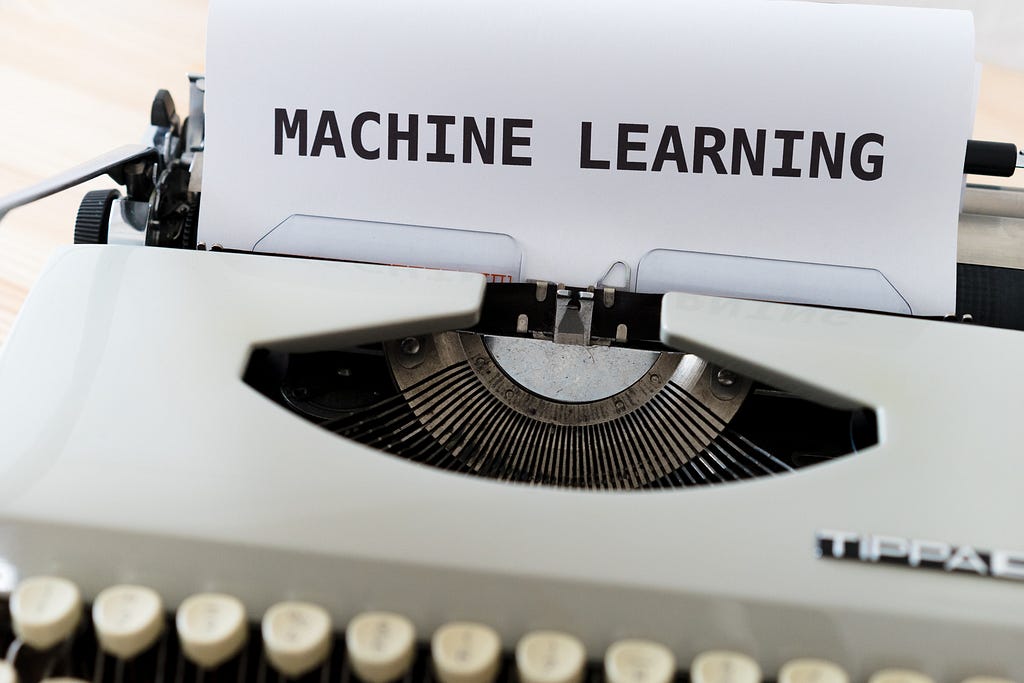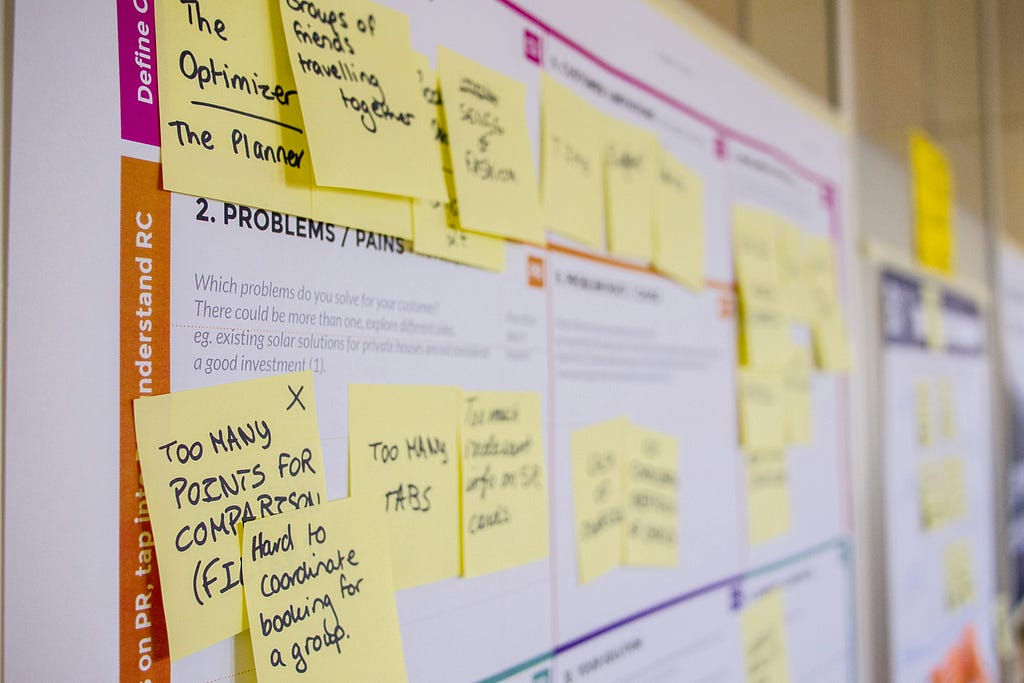Despite challenges, we find ourselves in a thrilling era for UX designers. As we delve deeper into the capabilities of AI and ML, we unlock new possibilities for crafting interfaces that are not only practical but also a joy to engage with. The future holds the promise of technology that enhances, rather than replaces, the human elements of design.

In the ever-evolving world of User Experience (UX) design, the combination of Artificial Intelligence (AI) and Machine Learning (ML) marks a paradigm shift, advancing towards a new era of personalized, intuitive, and efficient design solutions. This transformative integration is redefining the UX field, offering a glimpse into a future where technology and human insight come together to create enriching user experiences.
Personalization at Its Core
At the heart of this revolution lies personalization, with AI and ML demonstrating a unique proficiency in decoding user behaviors, preferences, and needs. This advanced understanding empowers UX designers to craft experiences that resonate deeply with users. Picture a healthcare application that adapts to a user’s lifestyle and health metrics, providing customized advice and reminders. Such bespoke experiences not only elevate user engagement but also develop a sense of satisfaction and loyalty.
Predictive Design Solutions
AI’s predictive skills are transforming the UX field. By analysing extensive data, AI anticipates user needs, often before they are fully articulated. Imagine a retail application that intuitively recommends products aligned with a user’s browsing and purchasing history, thereby improving the shopping journey.
Enhancing User Research
AI and ML tools are revolutionizing user research by processing and analyzing feedback and behavior on a scale beyond human capability. This influx of insights equips UX designers with the data necessary to refine user interfaces and interactions, ensuring a more responsive and user-friendly experience.

Balancing AI with Human Touch
While AI and ML increase efficiency and personalization, the essence of design remains essentially human. Designers are tasked with ensuring that AI-driven solutions sustain ethical standards, transparency, and a user-centric focus. The art lies in combining and balancing technological innovation with human empathy, creating solutions that are not only smart but also sensitive to user needs.
Potential challenges
While the integration of Artificial Intelligence (AI) and Machine Learning (ML) has brought about numerous benefits in the field of User Experience (UX) design, it’s essential to acknowledge the potential challenges and considerations that come with this technological revolution.

- Overreliance on Algorithms: One of the critical concerns is the temptation to rely entirely on AI-driven algorithms for decision-making. While these algorithms can provide valuable insights, they are capable of making mistakes. UX designers must strike a balance between data-driven recommendations and their own creative intuition. It’s crucial to remember that AI can assist but should not replace human expertise.
- Privacy and Data Security: The collection and processing of user data, a fundamental aspect of AI and ML in UX design, raise privacy and data security concerns. Users rightly expect their personal information to be handled with care and protected from misuse. UX designers must ensure that their AI-powered solutions comply with relevant data protection regulations and prioritize user privacy.
- Algorithmic Bias: AI and ML algorithms can unintentionally maintain biases present in the data they are trained on. This bias can lead to unfair or discriminatory user experiences, which is a significant ethical concern. UX designers need to actively address and mitigate algorithmic bias to ensure that their designs are inclusive and equitable.
- Loss of the Human Touch: While AI can enhance personalization, it’s essential not to lose sight of the human element in UX design. Users value interactions that feel genuine and empathetic. Striking the right balance between technological sophistication and human-centered design is an ongoing challenge that designers must navigate.
- User Acceptance: Introducing AI and ML features in UX design may not always be met with enthusiasm by users. Some users may feel uncomfortable with AI-driven decisions, preferring more transparent and user-controlled experiences. UX designers should consider user acceptance and provide options for users to customize their experience.
The Future of UX Design with AI and ML
Looking forward, AI and ML will continue to be pivotal in shaping the UX domain. These technologies promise to make designs more adaptive, responsive, and accustom to evolving user preferences. The future of UX design envisions an interaction between AI’s analytical capabilities and human creativity, resulting in experiences that are both functional and emotionally engaging.

Conclusion
The integration of AI and ML in UX design is undoubtedly an exciting journey toward creating personalized, predictive, and user-centered experiences. However, it’s crucial to acknowledge that this transformative path is not without its challenges and considerations.
UX designers must approach the AI and ML landscape with vigilance, addressing issues such as algorithmic bias, privacy concerns, and the potential loss of the human touch in design. While these challenges may seem daunting, they serve as reminders of the importance of maintaining ethical standards, transparency, and a relentless commitment to human-centered design.
In this technological renaissance, UX designers stand at the forefront, trying to harness the power of AI and ML while preserving the essence of meaningful and user-centric design. As we move forward, let us ensure that every interaction is as meaningful as it is innovative, ultimately enriching the lives of users and shaping a brighter future for UX design.
If you would like to read more👇🏼
- https://uxdesign.cc/navigating-the-ai-revolution-how-designers-can-stay-competitive-7798bc664210
- https://medium.com/readwrite/how-to-enhance-ux-ui-with-artificial-intelligence-and-machine-learning-9712613a3e45
- https://www.researchgate.net/publication/371648704_Integrating_AI-Generative_Tools_in_Web_Design_Education_Enhancing_Student_Aesthetic_and_Creative_Copy_Capabilities_Using_Image_and_Text-Based_AI_Generators
- https://www.researchgate.net/publication/371757287_Design_of_artificial_intelligence_cultural_creative_industry_based_on_machine_learning
Connect with me on LinkedIn and Twitter
UX Design and the power and challenges of AI and ML Integration was originally published in UX Planet on Medium, where people are continuing the conversation by highlighting and responding to this story.